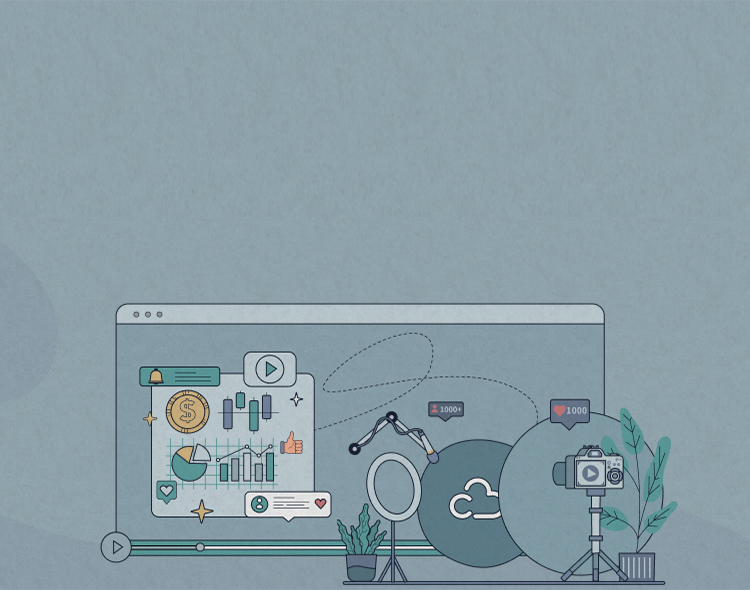In today's fast-changing business environment, organisations face unprecedented challenges and opportunities. As the pace of innovation accelerates, customer needs change and industry convergence deepens, organisations must be highly flexible and agile in order to adapt to the changing market environment, and the flexibility and adaptability of ERP (Enterprise Resource Planning) systems, as a core tool for business management, has become particularly important. This article explores why ERP system agility is critical for CFOs and CIOs, and provides practical strategies and recommendations to help organisations achieve business growth and innovation.
PART 01
Rapidly Changing Business Requirements
As the pace of innovation accelerates, customer needs evolve, and industry convergence deepens, organisations are finding it increasingly difficult for their business software to meet rapidly changing business needs. To keep pace and drive business growth, organisations must proactively pioneer innovation through the development of new products, new lines of business, and new customer support and supply chain capabilities. However, many organisations have deployed multiple legacy IT systems that are complex and inflexible, and managing these systems is overwhelming.
PART 02
Lessons from the Epidemic
The once-global epidemic has placed new demands on business software, particularly resilience and agility. Some organisations were forced to move to an online subscription model, suppliers were suddenly cut off, and others chose to acquire new businesses with completely different operating models. Legacy systems struggled to introduce new business, enable customer self-service and mobile applications, and with the amount of time it took to start, change and stop running a new company, organisations were unable to maintain sufficient market agility.
PART 03
New Opportunities with Cloud Technology
Cloud technology opens up a new world of flexibility and agility for CIOs and CFOs. A Two-Tier ERP (Enterprise Resource Planning) strategy can both facilitate growth and help optimise costs. A Two-Tier ERP strategy allows organisations to run a traditional global ERP system at the group level and a separate SaaS ERP solution at the branch or new business unit level. This strategy significantly reduces capital and operating costs, increases agility, and enables rapid end-user acceptance, while providing exceptional flexibility to support business growth and innovation.
Cloud ERP
1, cloud ERP deployment method
Integrate various business segments, break down departmental information barriers, and achieve financial and business integration and platform intensive operation.
● Deploy domestically first, and then expand globally.
Rolling deployment to branches on an ‘as needed’ basis.
Deploy in phases, implementing the most needed functions first.
● Rapid parallel deployment across business units.
Frequently Asked Questions about Cloud ERP
Can SaaS meet performance requirements?
● Can the availability of SaaS meet the needs of mission-critical applications?
● Can the cloud solution guarantee the security of sensitive data?
● Do I need to hire technical expertise?
3. Selection Criteria for Cloud ERP
● Based on the diversity and openness of the NetSuite platform's functions to support the diversified development of enterprises.
● Business needs: Evaluate the various SaaS solutions on the market and determine which set of SaaS solutions can effectively meet business needs.
● Integration and development capabilities: Consider the provider's integration and development capabilities, as well as the service delivery infrastructure that supports the solution.
● Financial resources: Consider whether the provider has sufficient financial resources to upgrade the solution on an ongoing basis, and whether they are committed to a long-term SaaS operating model.
● Advanced system architecture to support future business alignment.
As organisations begin to take a strategic look at how technology can reshape the future of their businesses, boards are beginning to focus on leveraging agile technologies to support business innovation. Many CIOs and CFOs are even tasked with driving innovation in their organisations, and leading companies across a wide range of industries have begun to leverage cloud ERP systems to build competitive advantage and respond quickly to new business development opportunities.
Flexibility of the ERP system is critical. Oracle NetSuite Cloud ERP System, a fully integrated and highly customisable cloud ERP solution, provides integrated financial, supply chain, and CRM functionalities, supports globalised operations and powerful data analytics, and helps enterprises achieve digital transformation.
-
Digital Transformation Guide
2025/04/16【Cloud Goods Sharing】Revenue Management: The Intelligent Engine of Business Profitability
-
NetSuite News
2025/04/10Oracle NetSuite Version 2025.1 Professional Analysis: What are the Important Changes Brought by this Update?
-
Digital Transformation Guide
2025/04/02【Cloud Goods Sharing】 Accounts Receivable and Accounts Payable: The Balancing Act in Corporate Finance
-
Digital Transformation Guide
2025/03/26【Cloud Goods Sharing】 Serialised Inventory Tracking: How to Improve Operational Efficiency and Accuracy















